The billion-pound marriages that rocked the British aristocracy
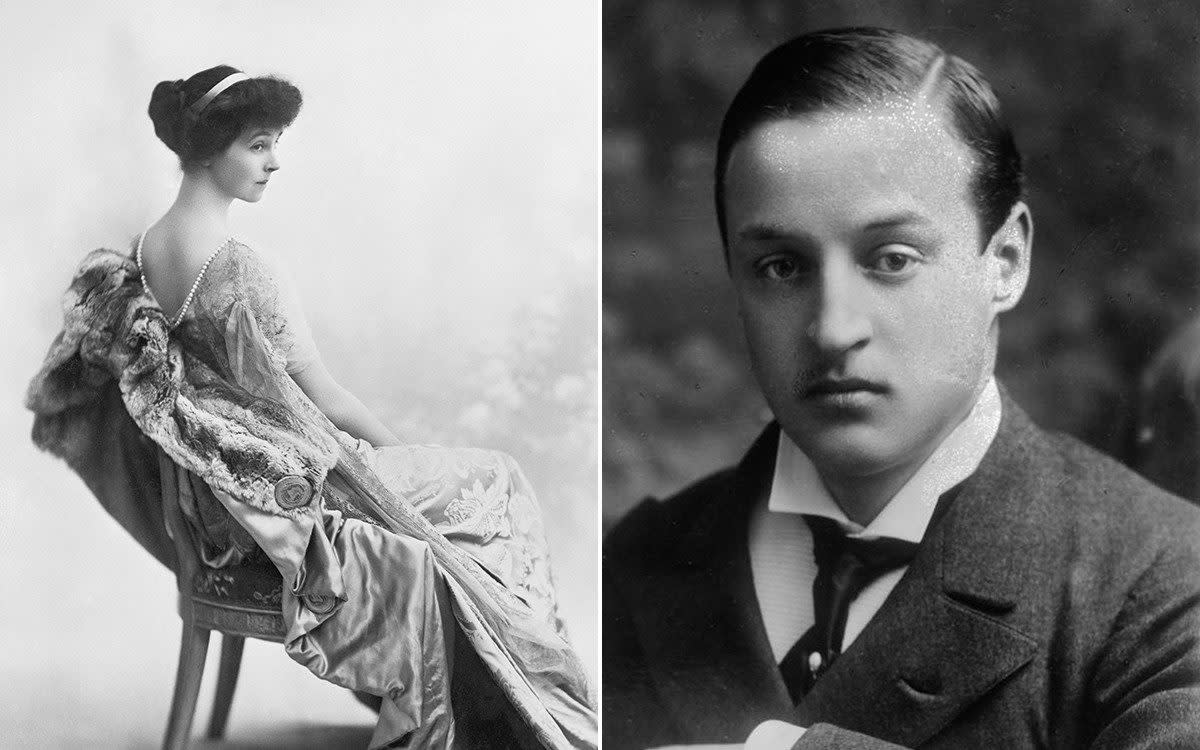
- Oops!Something went wrong.Please try again later.
- Oops!Something went wrong.Please try again later.
- Oops!Something went wrong.Please try again later.
- Oops!Something went wrong.Please try again later.
- Oops!Something went wrong.Please try again later.
- Oops!Something went wrong.Please try again later.
- Oops!Something went wrong.Please try again later.
- Oops!Something went wrong.Please try again later.
The funny thing about gold diggers is you don’t exactly expect them to be men wearing peerage robes. But in late Victorian Britain, that’s precisely what they wore – and precisely who they were.
With the country’s agricultural industry in decline, aristocrats could no longer rely on income from their lands. Unable to afford the upkeep of their hulking historic properties, the upper crust found their palaces crumbling down around them.
And so dukes and viscounts across Britain put down their shotguns for the season and started hunting other game: new-money American heiresses, whose families had become fabulously wealthy in resource-rich America. But the hunters were also the hunted – these American girls, known as “dollar princesses”, came with enterprising parents who were desperate to collect titles as a short-cut to breaking into the old-money crowd of New York – the Astors, the Rockefellers, the Livingstons et al.
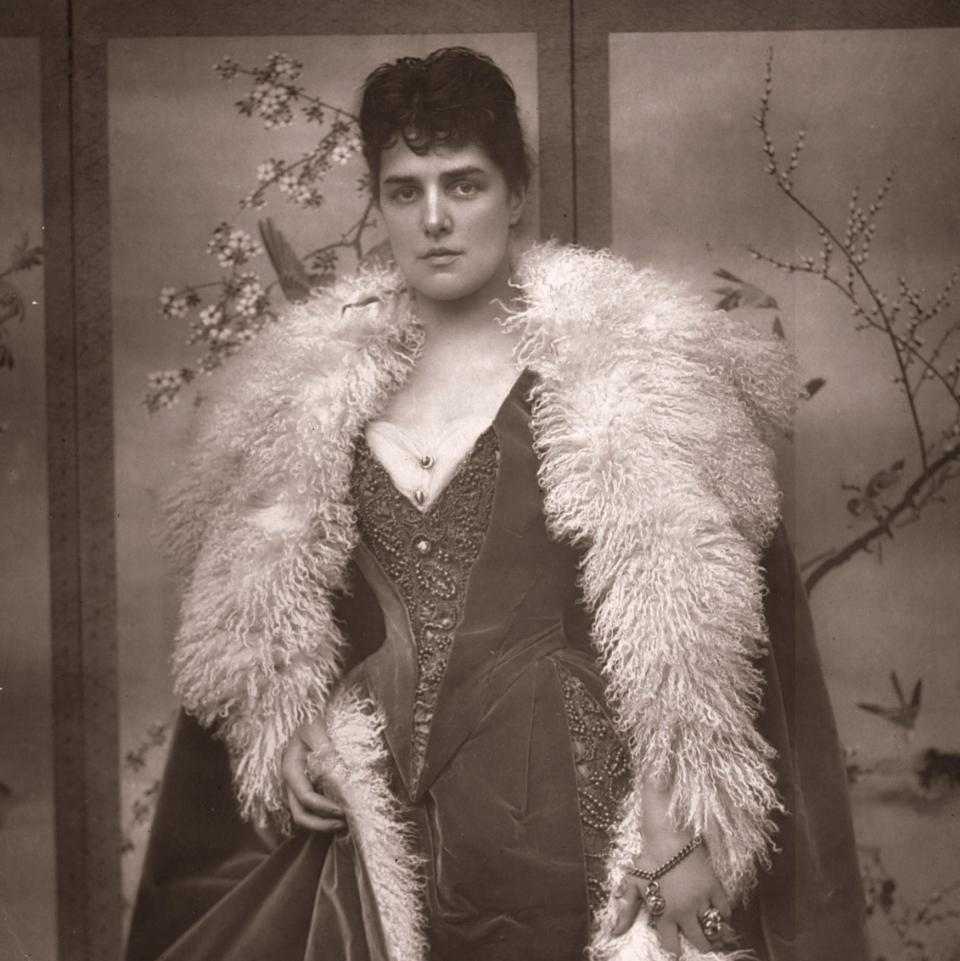
“A quarter to a third of the House of Lords married American money. If you go back in every aristocratic family, you’ll find an American in there somewhere around that time,” says historical fiction author and screenwriter Daisy Goodwin, whose titles include My Last Duchess, based on the lives of the dollar princesses.
These transatlantic liaisons did their bit for Britain: they gave this nation Sir Winston Churchill (his charismatic Brooklynite mother Jennie Jerome had Lord Randolph Churchill down on one knee within 48 hours of making her acquaintance); as well as Princess Diana and therefore the future king (descendents of an unhappy liaison between New Yorker railroad heiress Frances Ellen Work and James Boothby Burke Roche, 3rd Baron Fermoy).
By 1914, 300 of these sparkling young things had injected the modern equivalent of £1 billion into the British economy by way of their mammoth dowries.
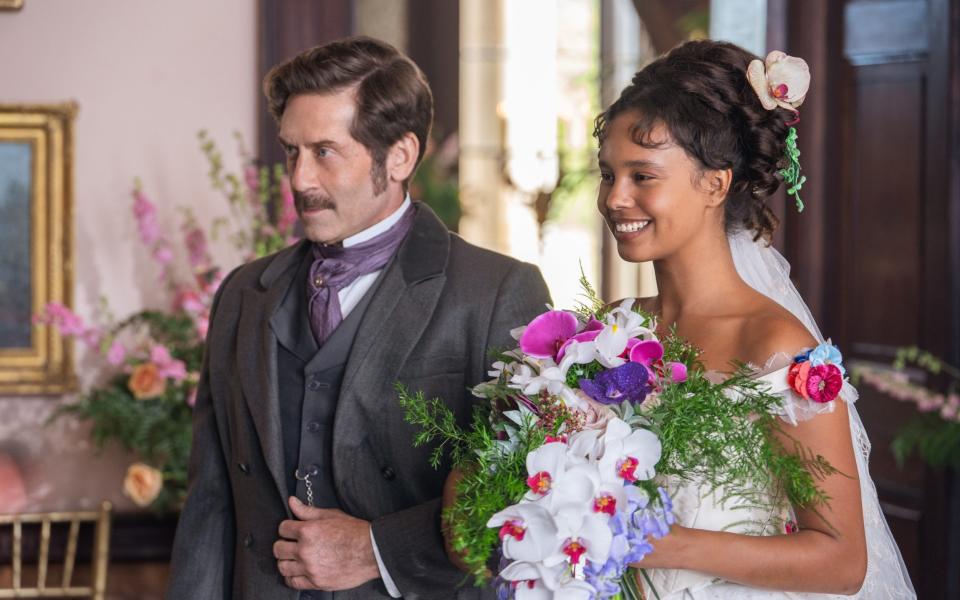
Their tales of money, lust and Gilded-Age opulence have inspired books, memoirs, operas and even a 1909 West End musical. And now those stories are being retold for the streaming generation in Apple TV+’s series The Buccaneers. Based on Edith Wharton’s 1938 novel by the same name, it’s a Bridgerton-esque romp replete with lavish period costumes, historic properties and a cast of up-and-comers including Kate Winslet’s daughter Mia Threapleton.
While both the novel and TV series of The Buccaneers are loose adaptations of reality, glints of one of the most famous dollar princesses’ stories shine throughout. Her name was Consuelo Vanderbilt, a rich-kid railroad heiress forced to marry Charles Spencer-Churchill, the 9th Duke of Marlborough (and first cousin of Winston) by her social-climbing mother Alva.
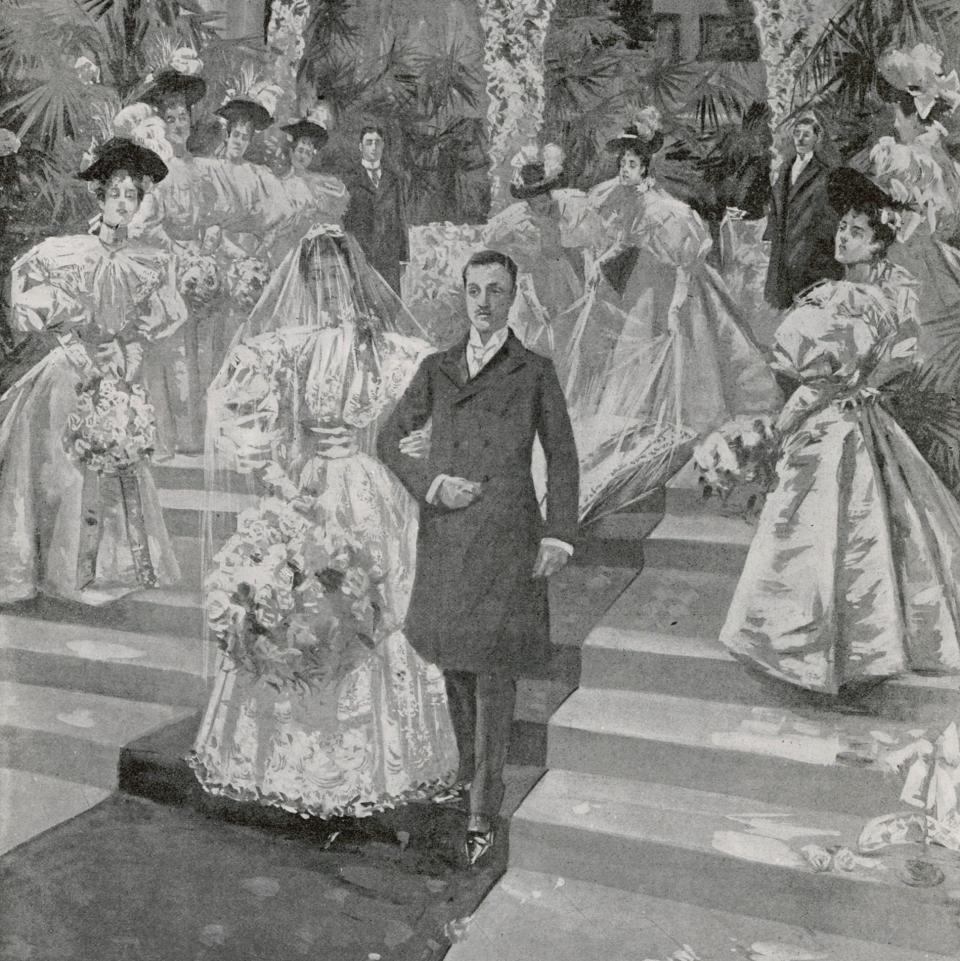
“Consuelo had a glamour to her – she was like American royalty. Massive crowds attended the wedding on the streets, it was a huge deal,” says Goodwin. On November 6. 1895,18-year-old Consuelo reportedly wept as she walked down the aisle of the St. Thomas’s Episcopal Church in Manhattan while adoring fans cheered on the celebrity wedding. It didn’t matter that both were in love with other people. Money talked.
“Consuelo’s dowry was unbelievably huge. It was a hell of a lot of money, and I think the family is probably still living off that now,” Goodwin postulates.
It’s well-documented that Consuelo – who was worth an estimated £3.1 billion – was miserable with Charles at his beloved Blenheim Palace, though her handsome dowry paid to restore the home to the glory it still enjoys today. The ill-matched pair eventually divorced – but not before Consuelo produced the ever-coveted heir and spare.
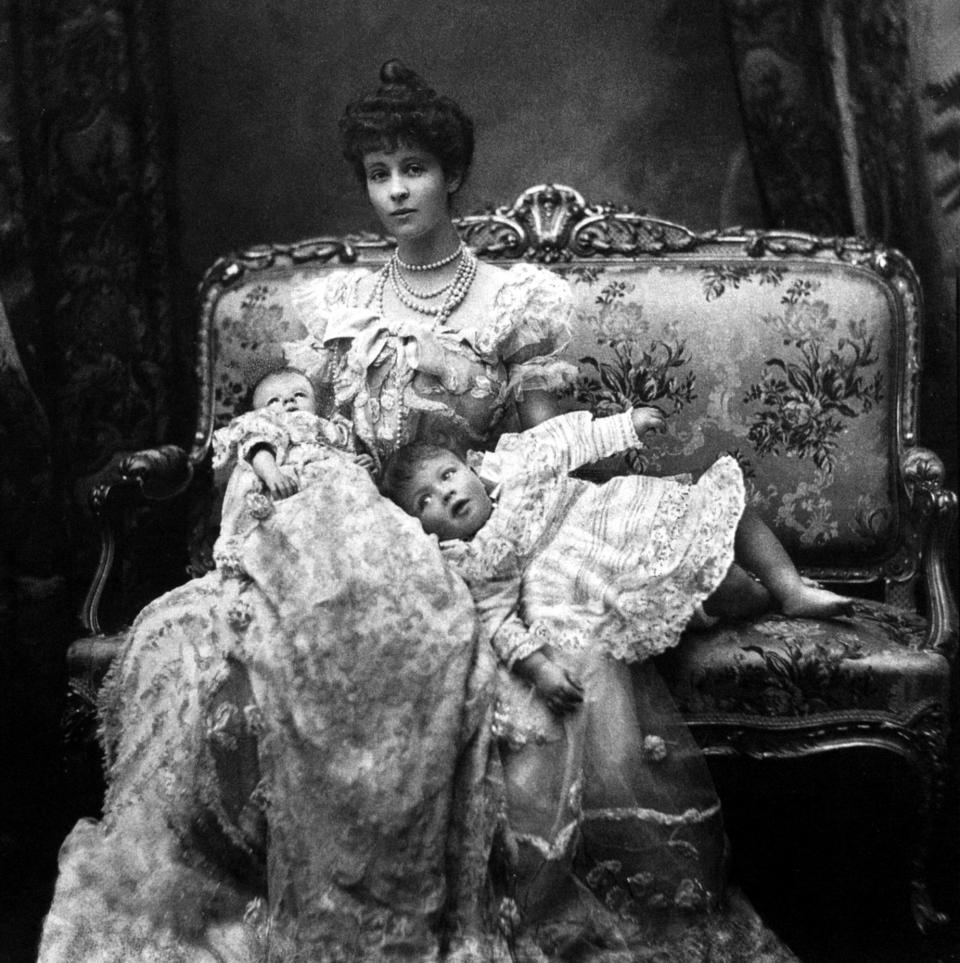
There are, of course, modern-day iterations of these special relationships. In the present context, however, it’s not aristocratic titles that are lusted after, but celebrity. Take Brooklyn Beckham and Nicola Peltz, the daughter of self-made American billionaire Nelson Peltz. Though Peltz may be positively minted in her own right, her middling-successful career as a Hollywood actress never made her an A-lister – a string of TV parts and a leading role in the fourth instalment of Michael Bay’s Transformers franchise did not an Oscar winner make.
It wasn’t until she was publicly linked to the son of British pop-culture royalty in 2020 that she was catapulted into mega-fame, benefitting from the kind of celebrity that money can’t buy: a Vogue exclusive on their rumoured £3 million blow-out wedding bash in Miami (attended by the likes of Gordon Ramsay, Snoop Dogg, and Venus and Serena Williams), write-ups about her skincare routine in glossy magazines, and, naturally, the lucrative brand deals that come with being so very famous on the internet.
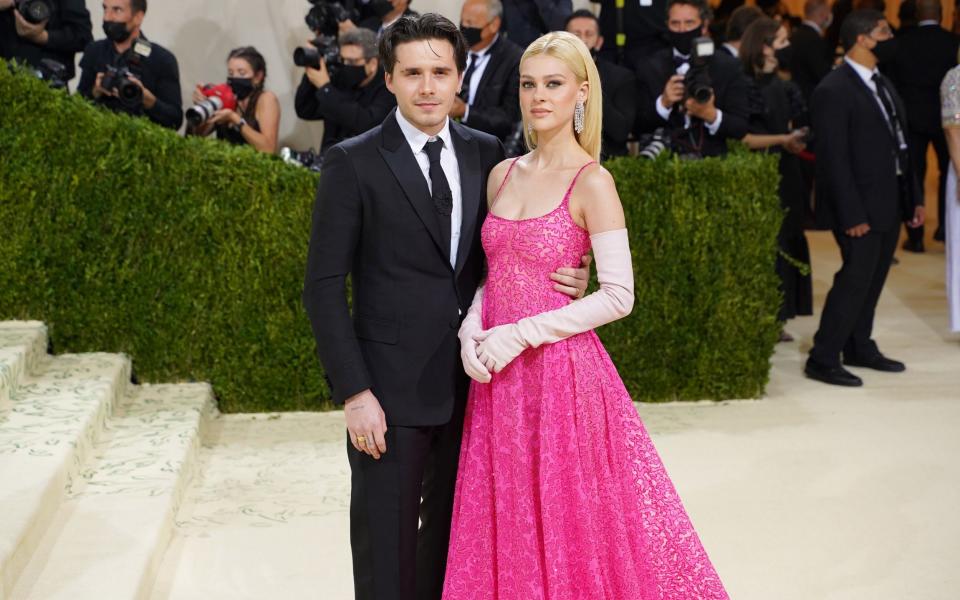
Brooklyn benefited, too. After years of trying to break out of the nepo-baby mould – through a now-infamous book of amateur photography and a much-mocked career as a budding chef – he became known for something other than being Posh and Becks’ first born. Now, he’s one-half of his own celebrity power couple. Plus, it’s hard to imagine David and Victoria being too upset about Brand Beckham getting a billion-dollar injection by way of a wealthy daughter-in-law.
As for the authenticity of their romance, what happens behind closed Beverly Hills doors is hard to know. Marrying for power, however, is a tale as old as the institution itself – and practically the reason why it was invented.
“Until 200 years ago, most societies around the world saw marriage as simply too important to leave up to the choice of two people,” writes author Rachael E Lennon in her book The Wedded Wife: A Feminist History of Marriage. “From the Stone Age, relationship choices were less about people fulfilling fairytale aspirations than about protecting the interests of families. Proposals were political and economic, and a major motivation was to find good in-laws.”
Power-brokering marriages are the foundation upon which history is built. From Henry VIII and his roster of unlucky wives to Hillary and Bill Clinton shaping American politics as a power couple, these are some of the most notable unions to grace the history books to date.
46 – 30 BCE: Cleopatra, Julius Caesar and Mark Antony
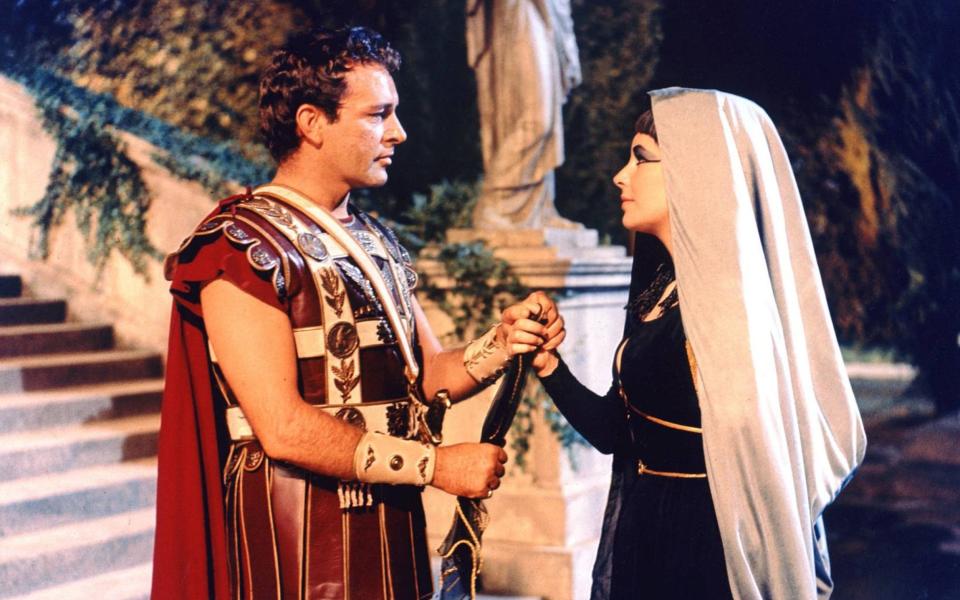
Exiled from Egypt by her 10-year-old brother and husband Ptolemy XIII – how’s that for an arranged marriage – the 18-year-old Cleopatra weaponised her charm to seduce Roman Emperor Julius Caesar, 30 years her senior, as a means to regain her throne.
As the myths and gloriously camp Elizabeth Taylor film tell it, while Caesar was visiting the palace in Alexandria, Cleopatra smuggled herself into his quarters wrapped in a carpet. As a servant dropped her off, she theatrically unfurled herself in an elaborate sexual offering to the military dictator, who gladly accepted.
Through a tectonic series of battles and dramas including the death of both of Cleopatra’s siblings, and a son named Caesarion born from their union, this Roman-Egyptian alliance put Cleopatra back in the driver’s seat of the richest Mediterranean nation. Though they never married and Caesar already had a wife, their relationship was a power move for both parties.
When Cleopatra later married Roman military general Mark Antony, she once again linked herself to Rome to strengthen her claim to the throne. Antony also benefited from the union, gaining access to Egypt’s riches and making a case for his continued rule in Rome. Their tenures and lives may have ended in a double-suicide tragedy, but their epic stories live on today.
493-511 AD: King Clovis I and Queen Clotilde
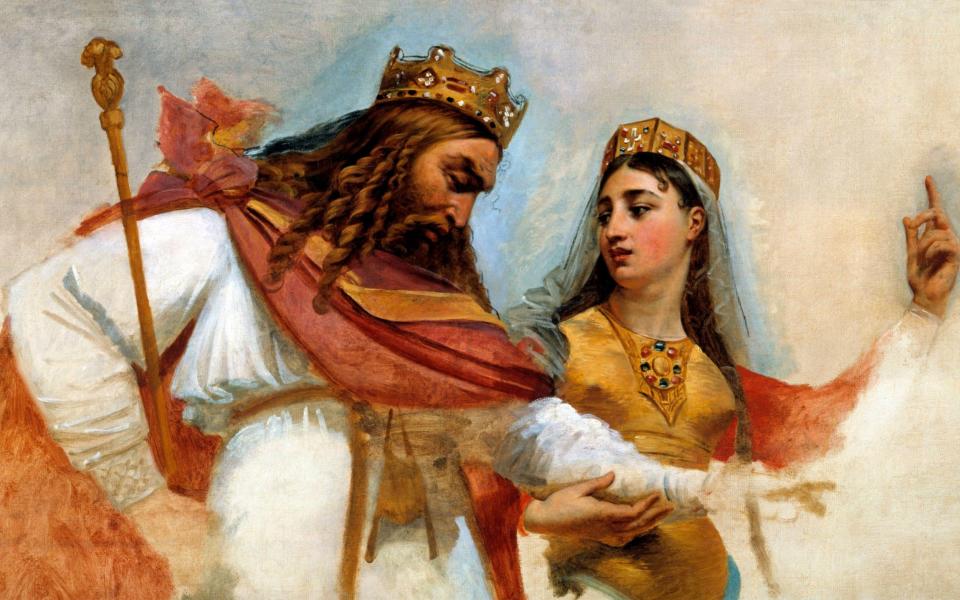
France’s majority Christian population can thank Queen Clotilde for their religious leanings. Though little is known of Clotilde’s life, her parents were supposedly murdered by her power-hungry uncle in order to claim the Burgundian throne, forcing the then-princess to flee to Geneva. It wasn’t until Clovis, King of the Franks, enticed by talk of her beauty and royal lineage, sent a proposal via messenger that she returned to France.
Superficially, this was a strategic marriage consolidating power between the Franks and the Burgundians, but the alliance had ramifications that pierced deep into the heart of France. To quote the 2002 film My Big Fat Greek Wedding: “The man is the head, but the woman is the neck, and she can turn the head any way she wants”. A devout Christian known for her charity, Clotilde convinced Clovis, a pagan, to convert their kingdom to Christianity.
On Christmas Day 496, King Clovis and his warriors became children of Christ. Though the beginnings of her marriage with Clovis saw her a damsel in distress, in the end, Clotilde used her husband like a pawn to spread the Christian religion.
1533-1536: Henry VIII and Anne Boleyn
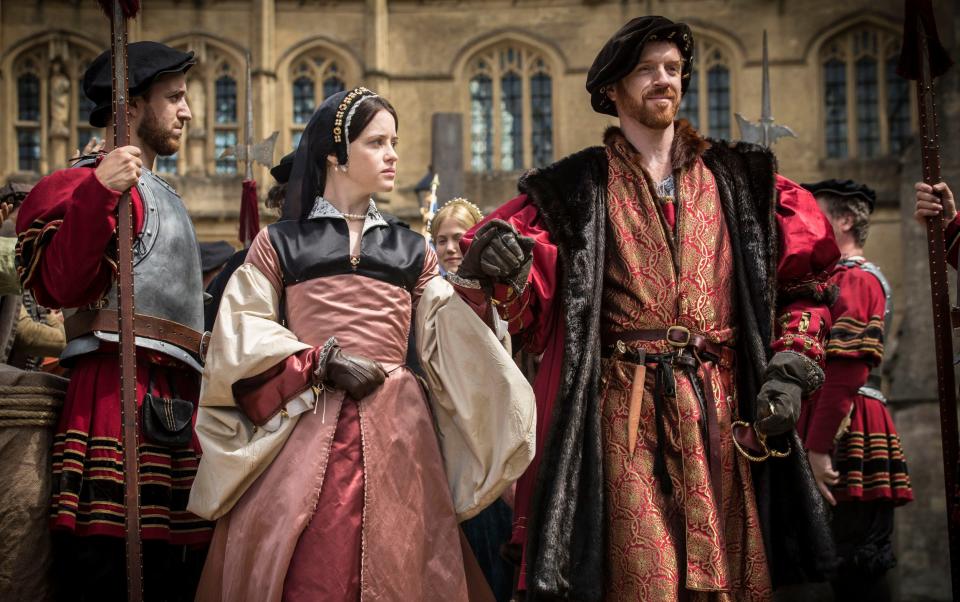
The ruthless King Henry wanted a male heir, and his wife Catherine of Aragon wasn’t producing one. So, he looked to one of Catherine’s ladies-in-waiting, the cultured and attractive Anne Boleyn, and demanded she become his royal mistress. Anne refused unless he proposed.
In order to get out of his marriage with Catherine, Henry proceeded to jump over, under, around and through all obstacles thrown his way – as a man lured by the promise of sex is wont to do – until he became impatient and embraced bigamy in order to marry Anne.
We all know what happens next: Anne fails to produce a male heir and loses her head for it. This ill-fated pairing lays bare the transactional nature of these power marriages. When one party fails to hold up their end of the deal, it’s over – and Anne paid the ultimate price. But, in a feminist twist of fate, their daughter, Elizabeth I, became one of the longest reigning monarchs in English history.
1795-1810: Napoleon and Josephine
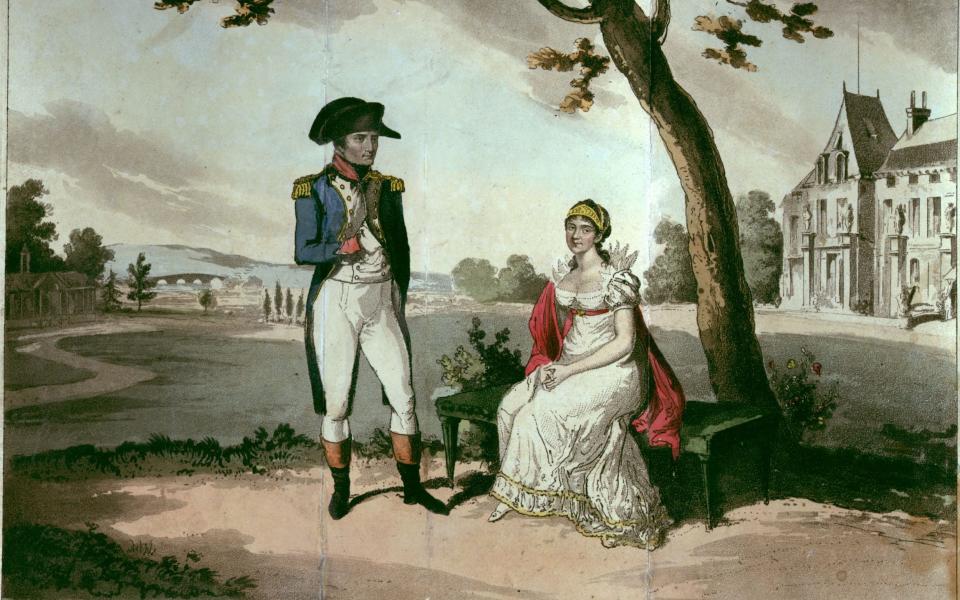
Already respected in the military, the ambitious Napoleon sought to conquer the polite society of France by wedding Marie-Josèphe Rose de Tascher de la Pagerie, a divorcée from an aristocratic family. He also misguidedly sought financial security through her, but despite her family owning a sugar plantation in Martinique, she had none to offer and relied upon dalliances with rich men to support her lifestyle.
Josephine’s first husband was executed during The Terror (she herself narrowly escaped the guillotine), and when that era ended she didn’t have much beyond her cultivated social connections – and as a 32-year-old mother of two, was considered old by the standards of the day. When Napoleon, six years her junior, showed an interest, therefore, she grabbed the opportunity to secure her future.
Though Josephine was unable to provide Napoleon with an heir, their tempestuous relationship spanned decades, saw them ascend to the ranks of Emperor and Empress of France and continues to inspire retellings – most recently in Ridley Scott’s Napoleon starring Joaquin Phoenix and Vanessa Kirby.
1631-1635: Queen Nzinga of Ndongo and Matamba and an Imbangala warlord
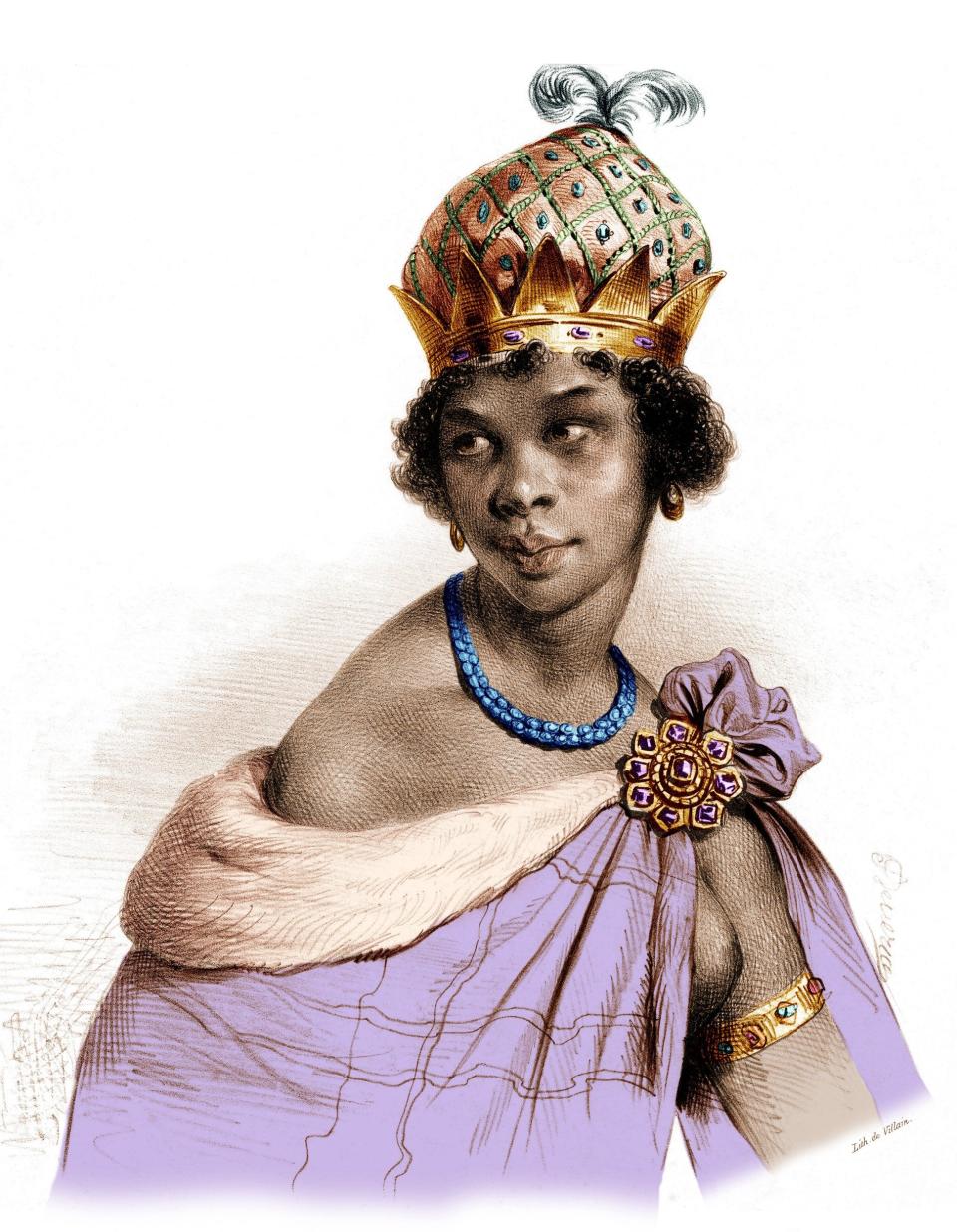
Nzinga was the fierce African warrior queen of the Ambundu Kingdoms of Ndongo and Matamba, who fought off Portuguese colonial forces for decades – but also sold hundreds of thousands of slaves to both the Portuguese and the Dutch. A complicated yet respected leader, she used marriage as a political tool, marrying and remarrying as it advanced her ambitious goals.
In one instance, Nzinga supposedly sought out a union with a powerful warlord from the bloody Imbangala warrior group to rebuild her military after battles with the Portuguese depleted it. Together, they conquered the Kingdom of Matamba, strengthening their foothold in the region now known as Angola.
1956-1982: Grace Kelly and Prince Rainier of Monaco
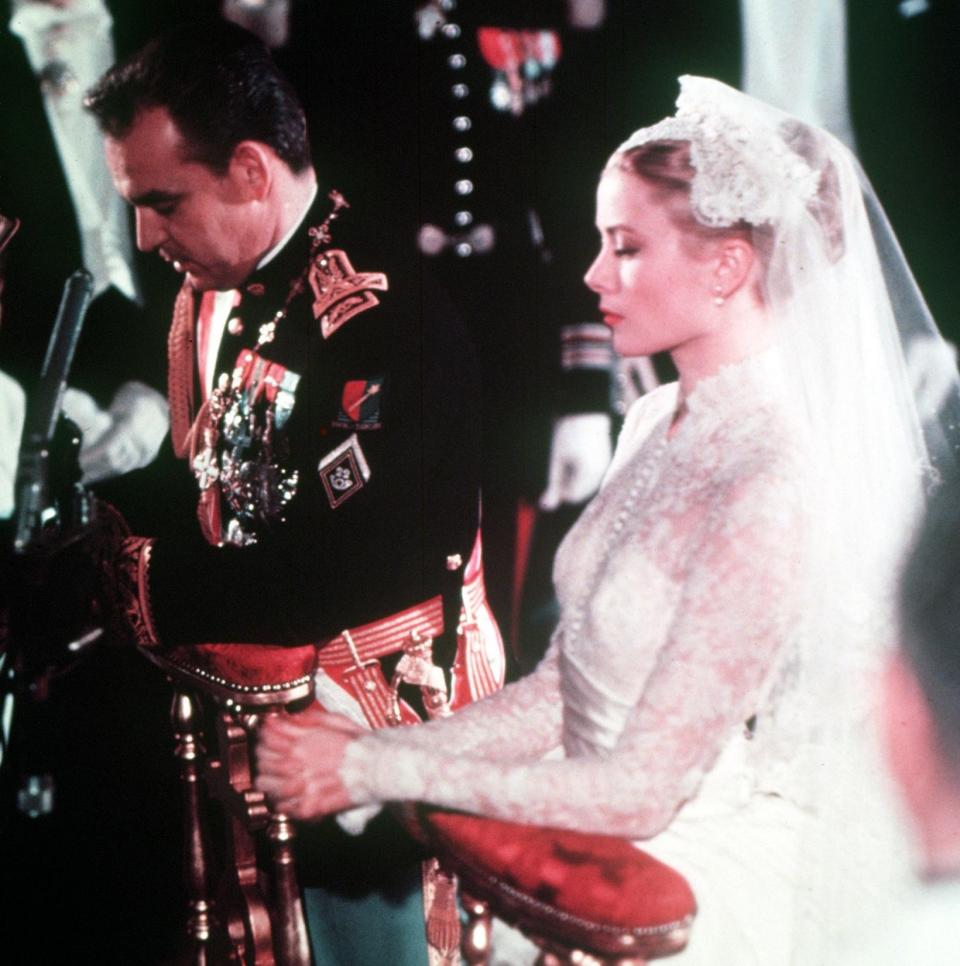
While their budding romance at the Cannes film festival in 1955 may have been fairytale fodder, their process of marrying was rather transactional. Besides sprinkling Prince Rainier and his nation with her Hollywood stardust, Grace was also required to pay $2 million to become a princess.
It’s unclear why Grace had to buy her way into royalty – but it cost her both her inheritance and Hollywood fortune, earned on iconic films like High Noon and Hitchcock’s Rear Window.
She also sacrificed her acting career at its very height, exchanging starring roles to play a new part: Her Serene Highness Princess Grace of Monaco.
1975-present: Bill and Hillary Clinton
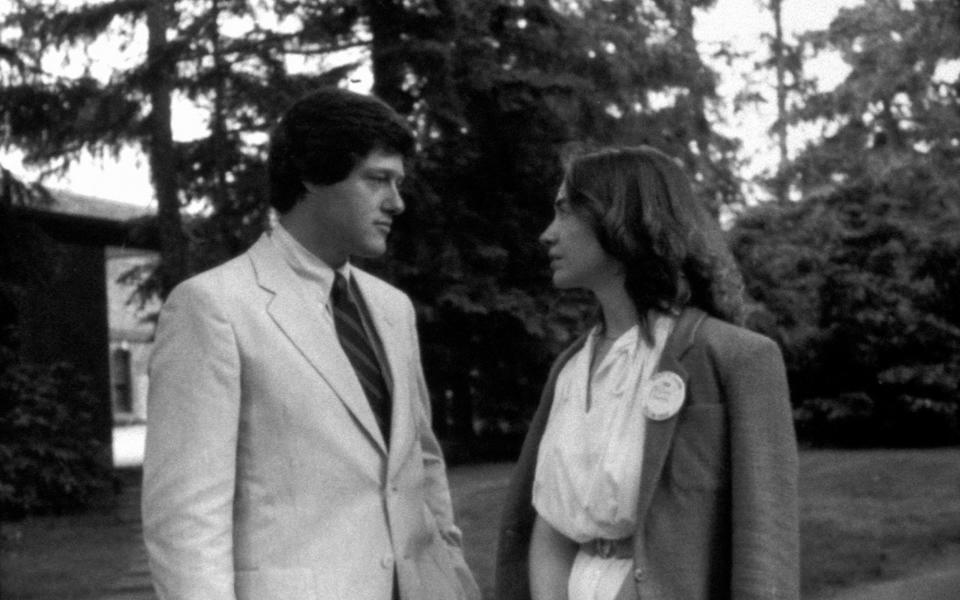
They met in the Yale University library and both had political ambitions from the start. Once they married, Bill’s career took centre stage. Hillary was a dutiful wife and partner as Bill ascended the ranks from governor of Arkansas to President of the United States.
When Bill fell from grace in 1998 after his affair with White House intern Monica Lewinsky exploded into the public sphere, Hillary could have walked away. Instead, she stayed – and, some speculate, used the scandal as leverage to gain the upper hand in the marriage and launch her own political career. Though she may have married Bill for love, it’s possible she stayed with him for power.

